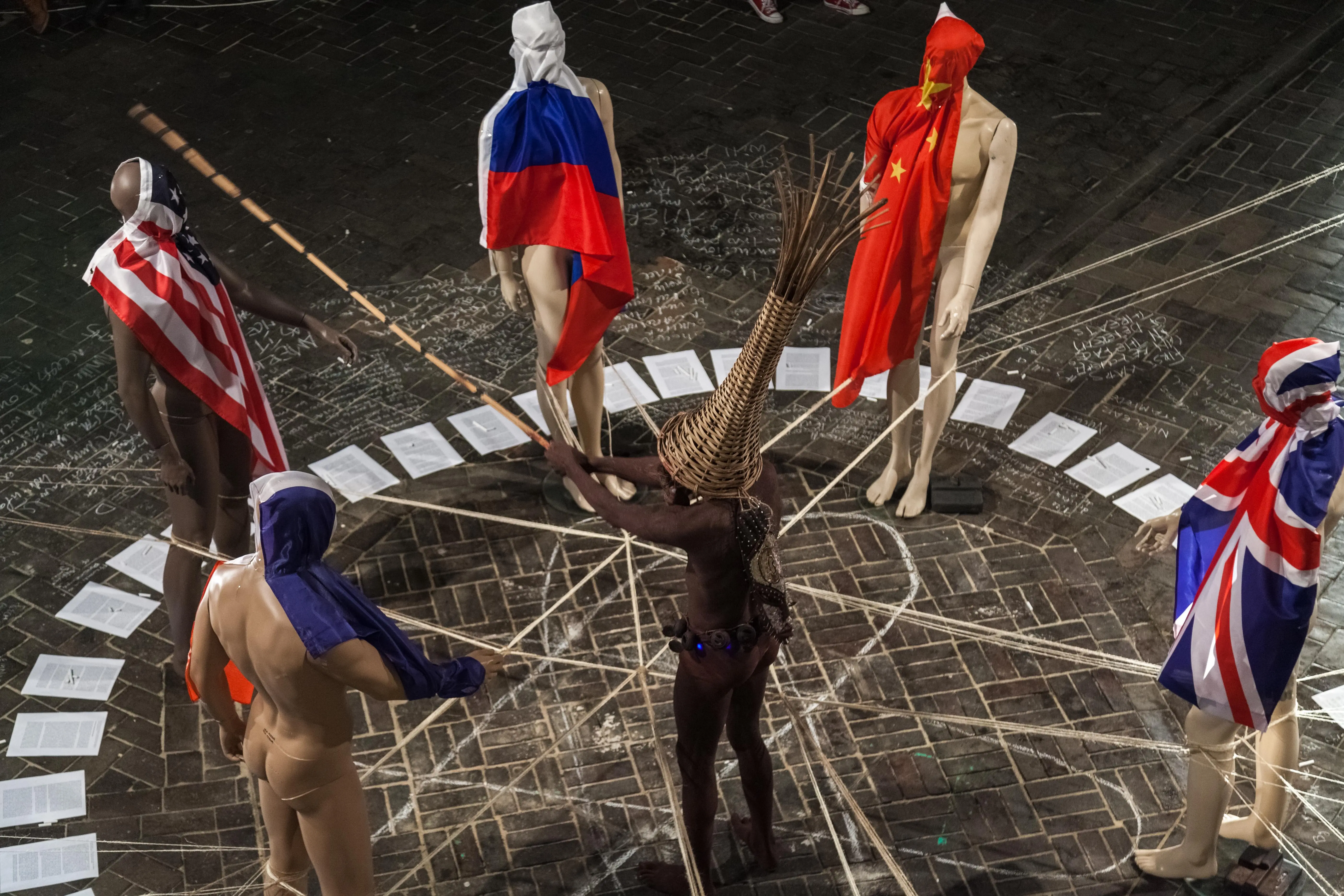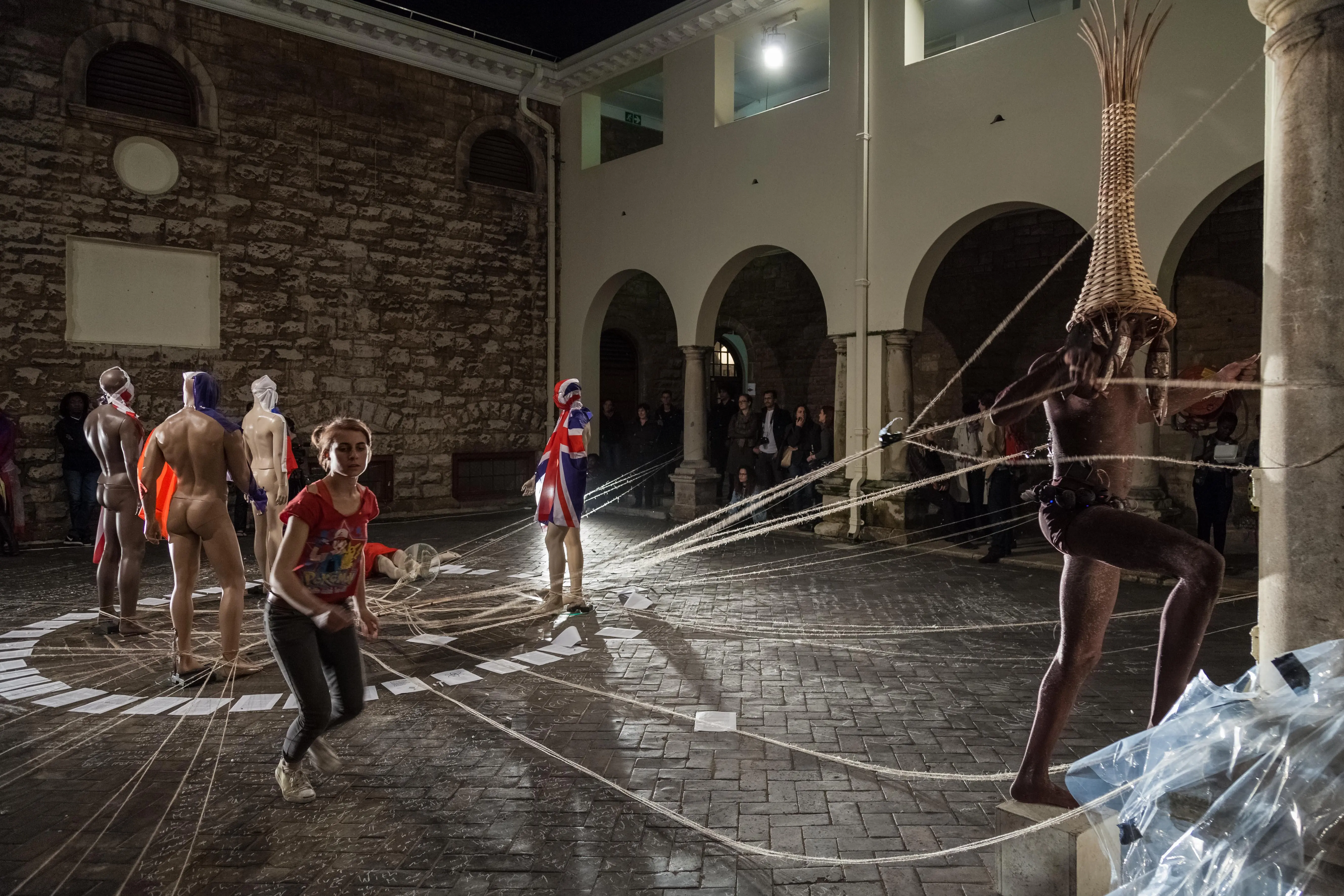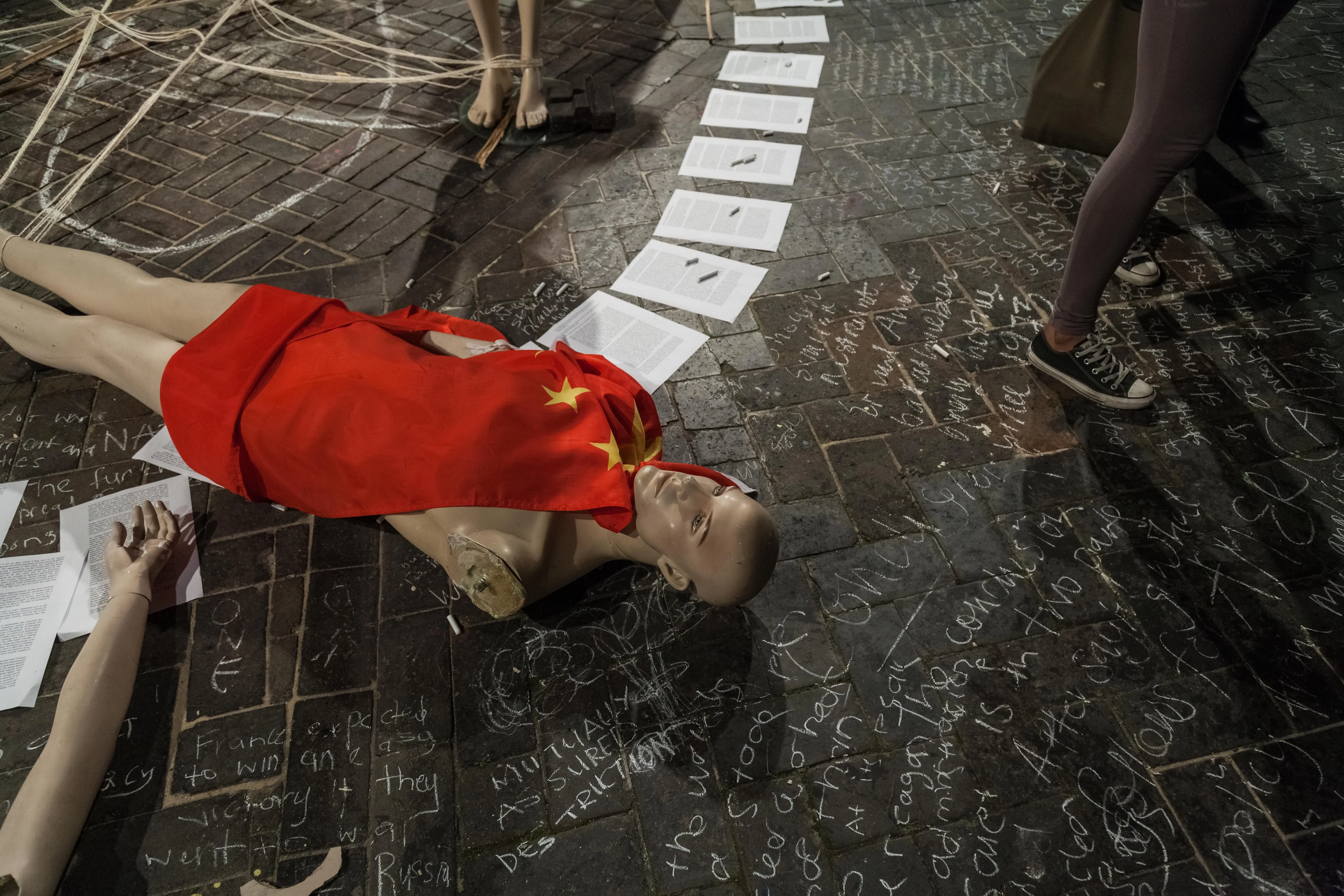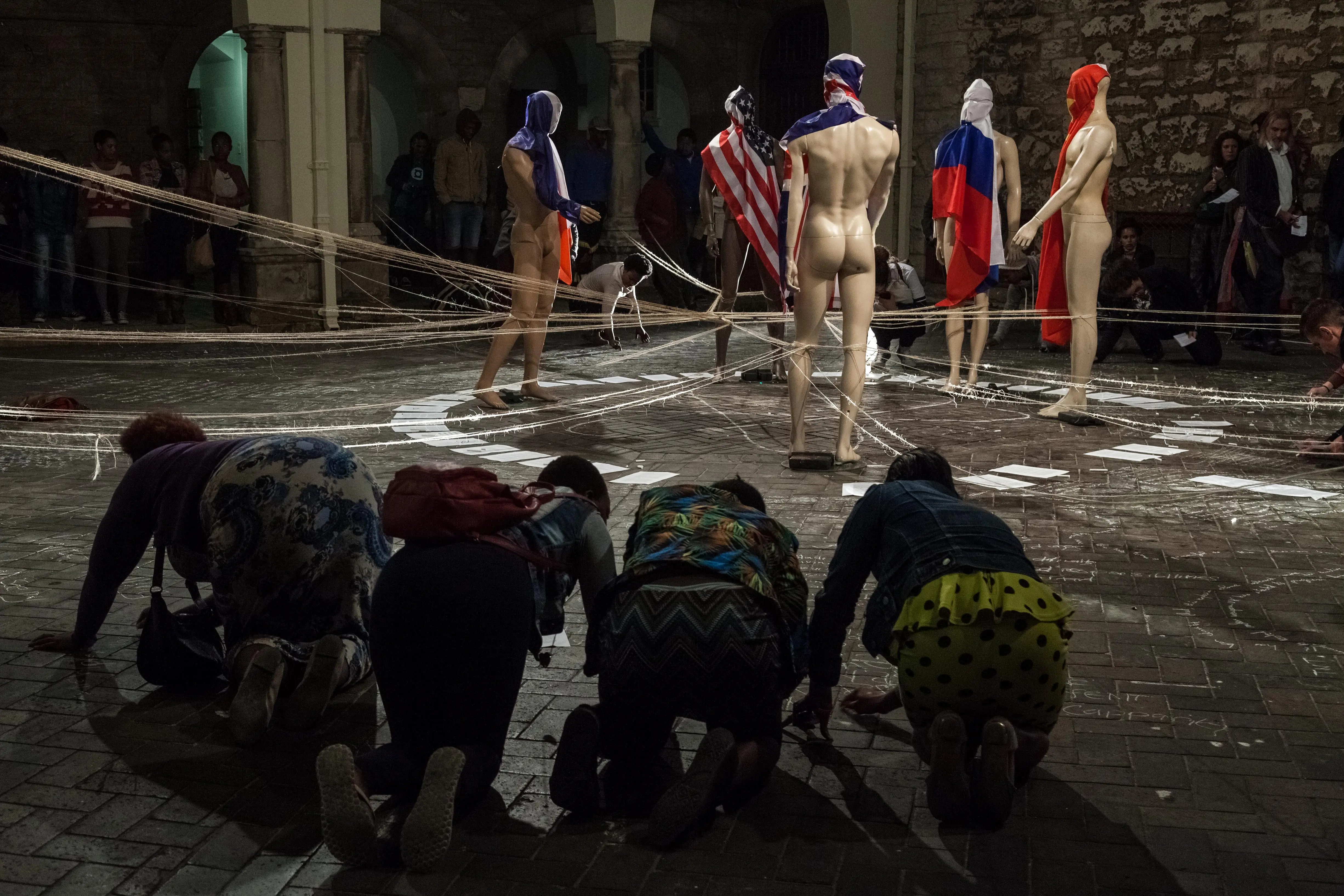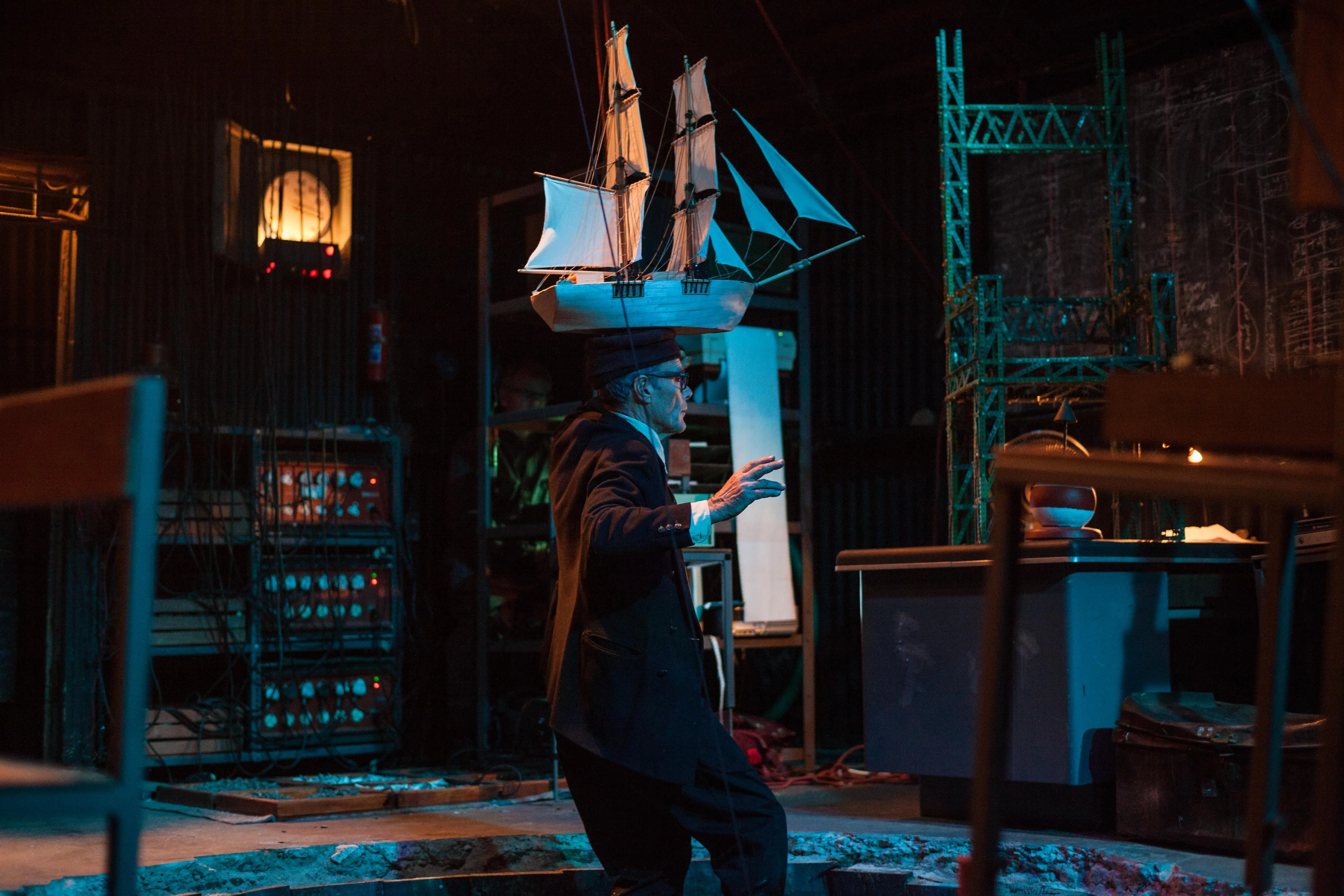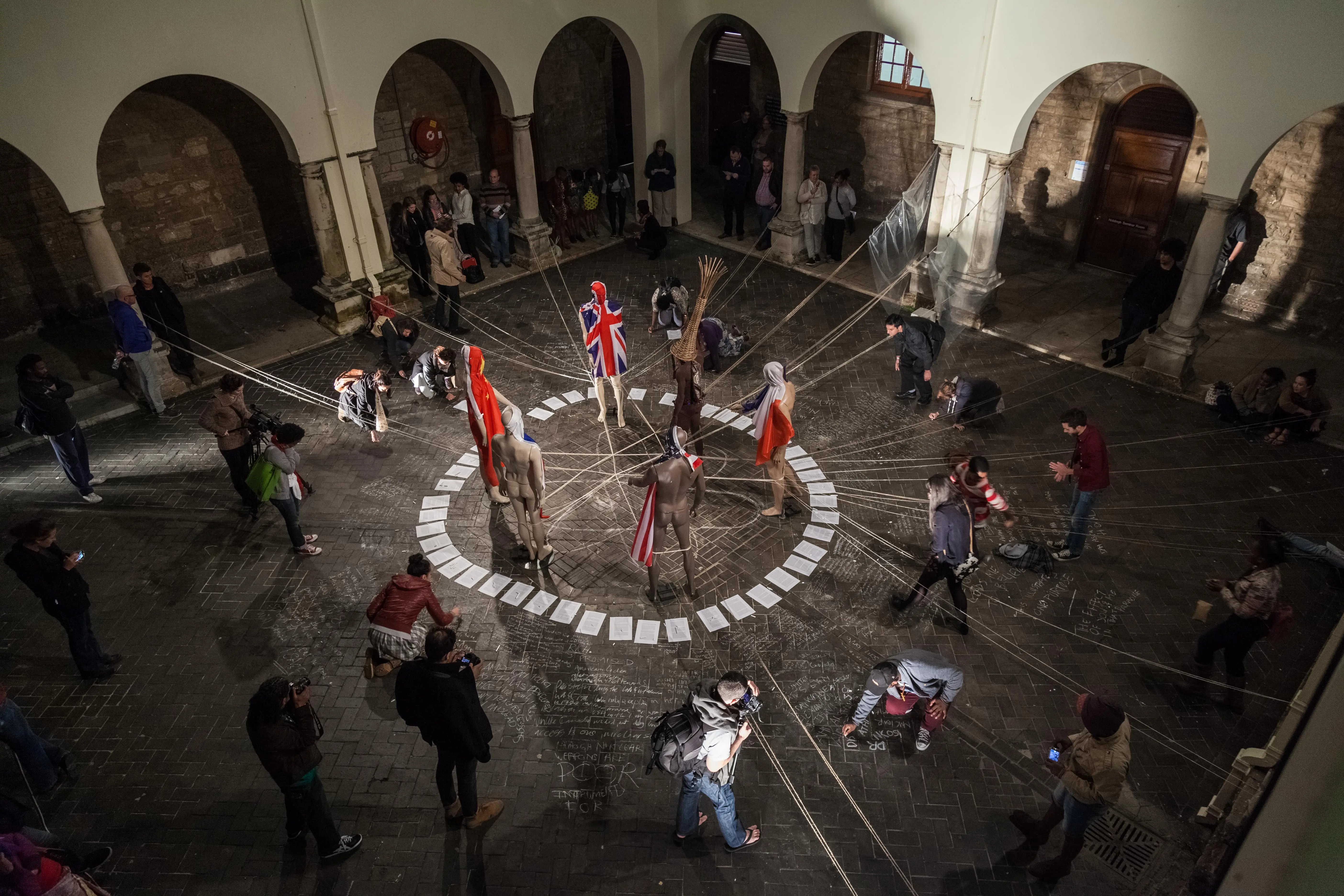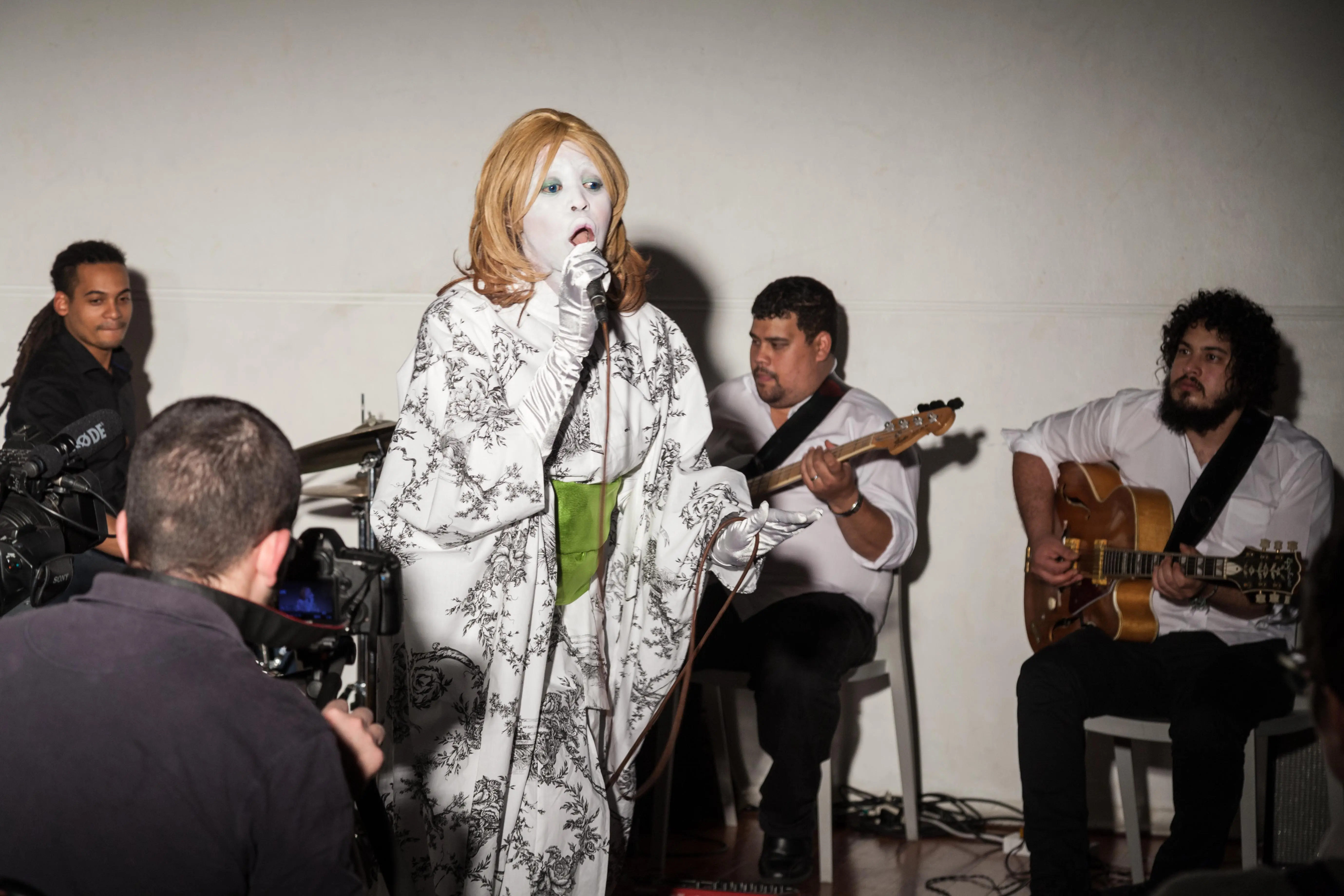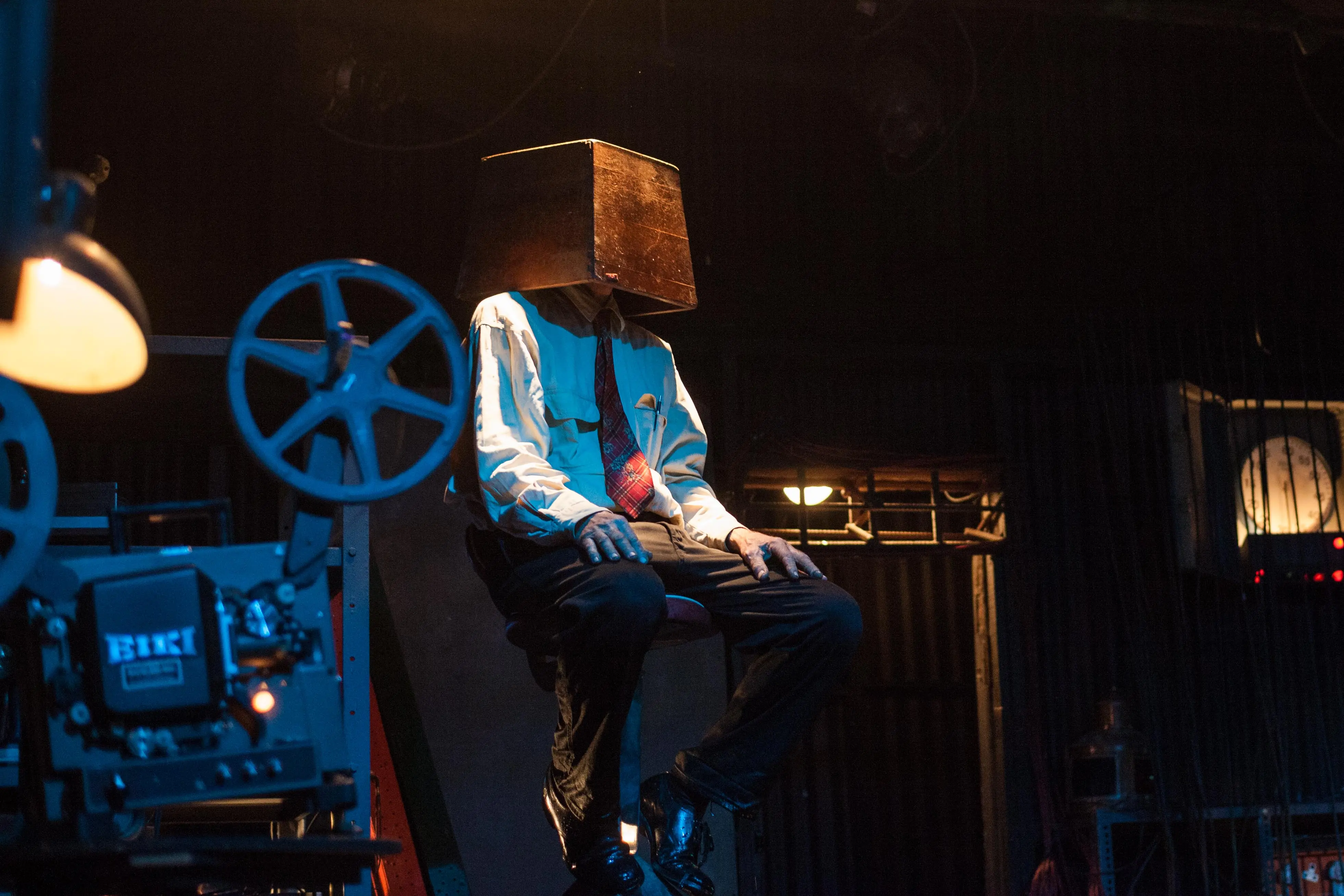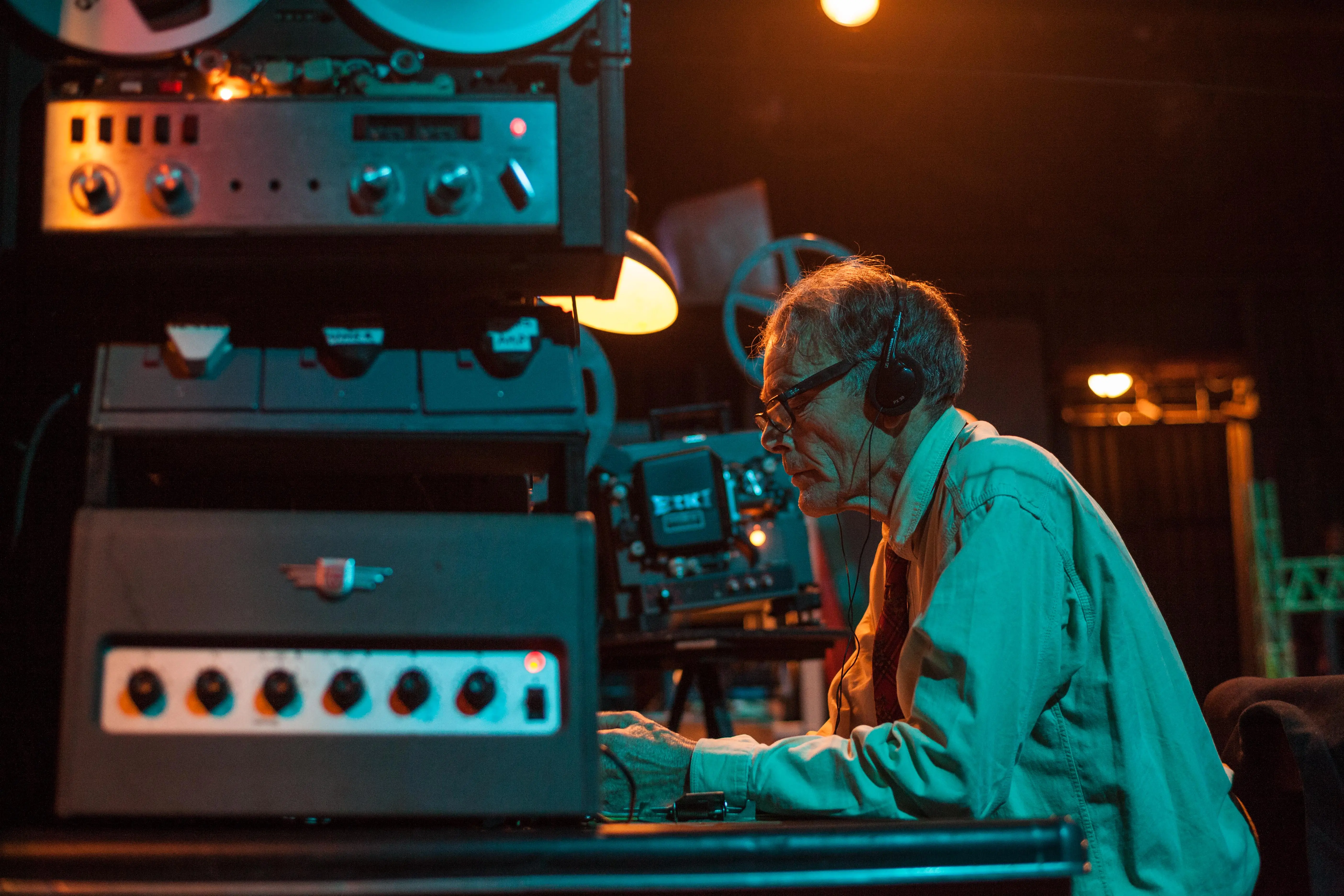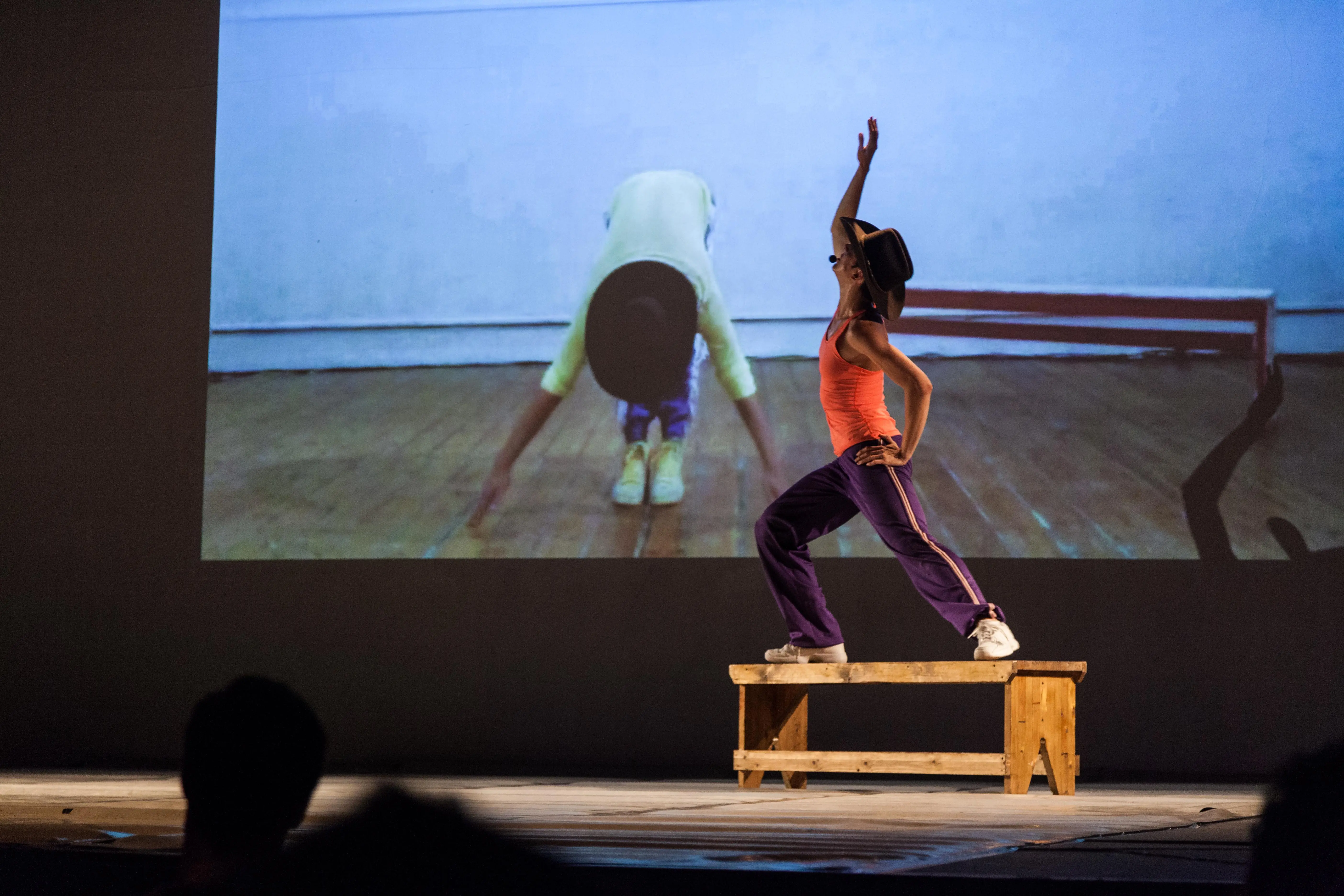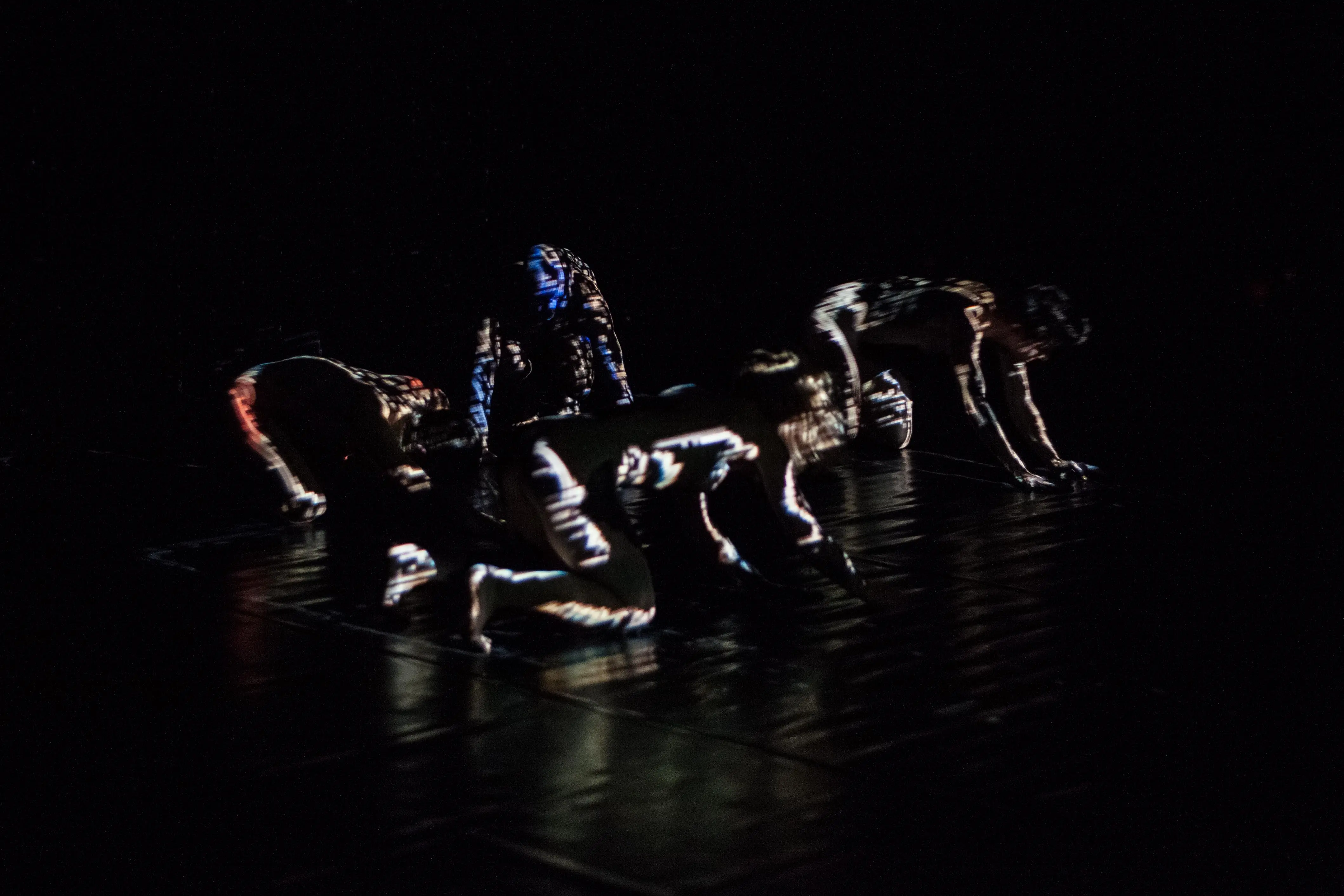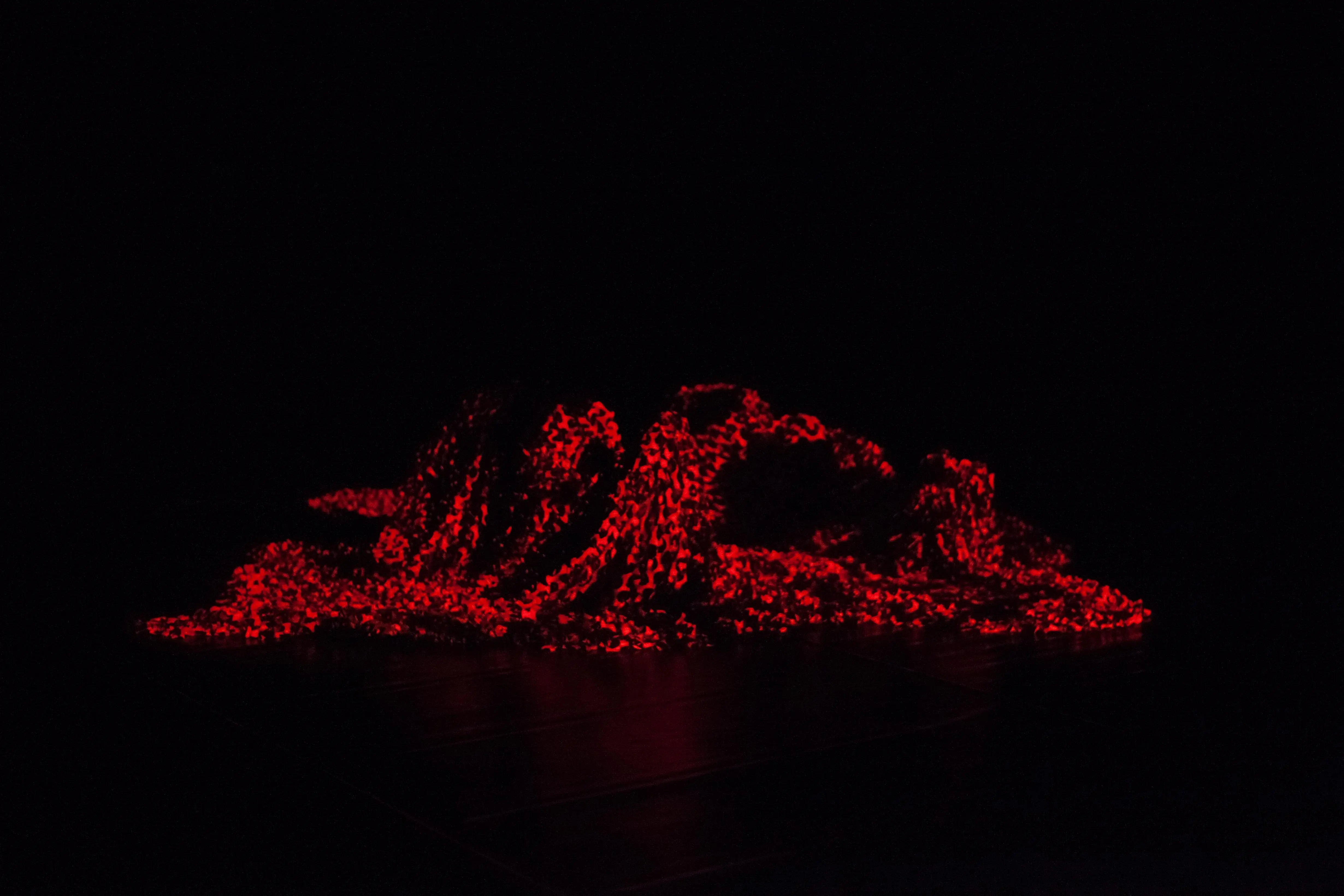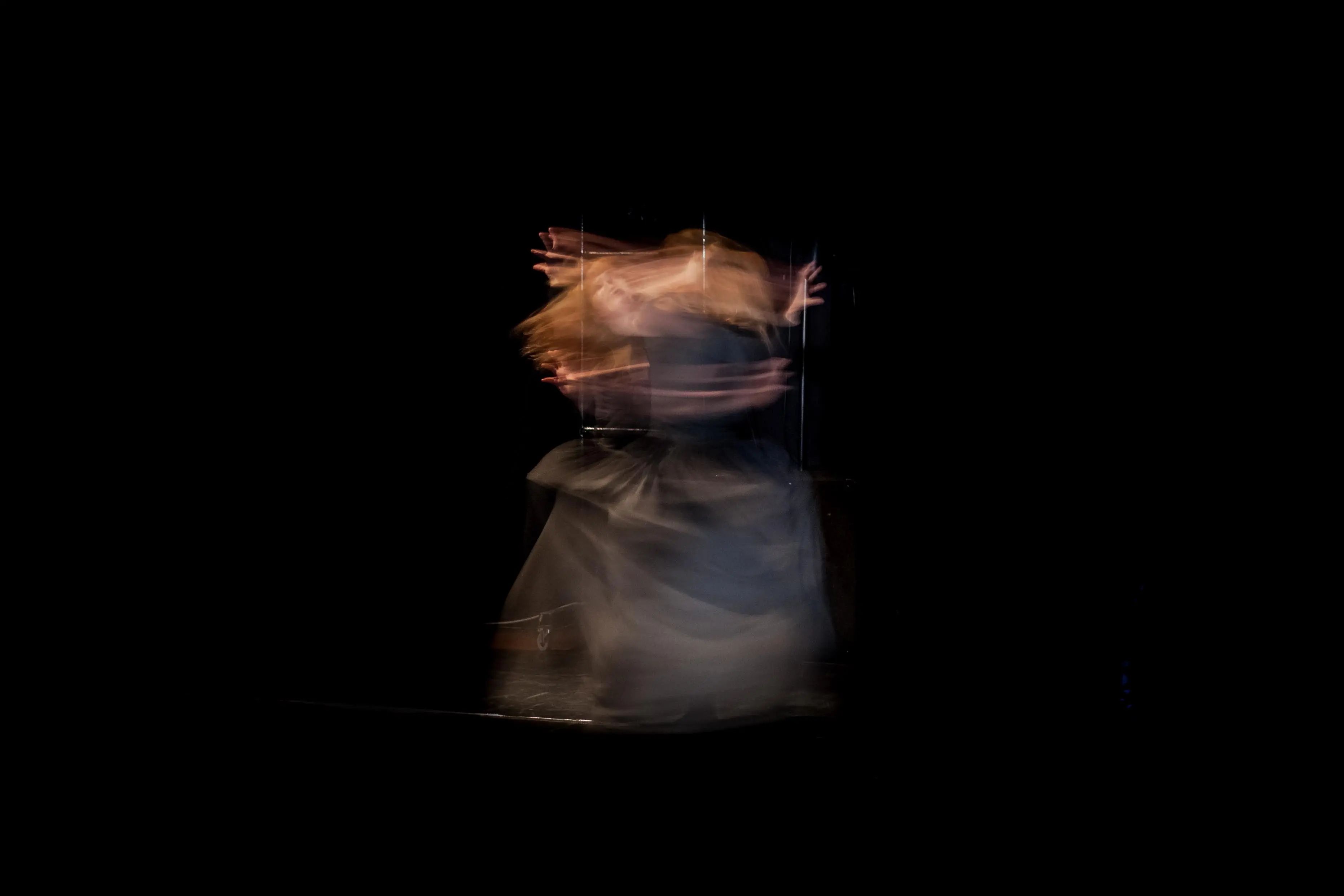1. Gerard Bester, Gwydion Beynon and Anthea Moys
The Impossible Auction
The Impossible Auction was a curated performance, taking the form of an interactive art auction, at which the audience made bids on 50 works, ranging from re-enactments of seminal performance art pieces, to works by contemporary artists, musicians and performers. Only serious bids were entertained: in Rands, Dollars, Rupees, Jellybeans, or Specific Dance Moves...
Art auctions (such as Christies and Sothebys) are dramatic public spectacles of conspicuous and competitive consumption; ritualised displays that fix value to the intangible, attracting international press attention. Only the hyper-rich could participate in these spectacles... until now. The Impossible Auction is an auction for the rest of us, allowing the audience to participate in the high stakes drama of an art auction, whilst also giving them an opportunity to engage with the context and history of live art and a piece of irreverent and highly entertaining Dadaist theatre.
Watch
2. Ntando Cele
Complicated Art for Dummies
Combining comedy, live music, absurdity and burlesque, Cele uses her white alter ego “Bianca White” to explore issues of power and prejudice. White who claims to be from Rhodesia, is an experienced talk show host and world traveller with extensive knowledge of the European art scene.
White opines 'Forget about TED talks, this is the voice of success and sharp analysis of what is lacking in African art and the European need for suffering. As an African artist you should fulfil certain expectations: Give the First World what it wants and it will give you what you want.' (Urweider, 2014)
Watch
3. John Nankin
Shakespeare’s Chair
Is it possible for that creature, Everyman/Everywoman, to speak, to confess, to attest, to narrate? What if a Foley Man were to rebel against the humble parameters of his craft - the art of creating the everyday background sounds in film and theatre - and insist on the primacy of his own right to be heardIn Shakepeare’s Chair, ? John Nankin attempts to play himself playing the old Foley Man. as a washed-up relic from the age of analogue, a fool magician driven by unfulfilled aspirations of childhood indoctrination and imagination attempts to create through action and sound (or noise) some small moment to counter the mythical – and biblical – injunction, 'Don’t Look Back'.
Watch
4. Rosa Rogers Postlethwaite
The Anatomy Lecture Theatre
The Anatomy Lecture Theatre is a collection of dream-like narratives about a city learnt about on foot and remembered in fragments. It is a personal account of negotiating a past and encountering spectres of violence. Colonial biomedicine built in this place a particular system of thought and action, with the body as the site of authority, legitimacy, and control.
Whether the body was white or black, male or female, and rich or poor determined how it was treated. The ideal model of the body based on the white European man and models of acquiring and disseminating knowledge crafted in relation to this, supported the ideology that progressing from this position was to for humanity as a whole to progress. When I have difficulty sleeping I often walk at night. I don’t make much progress as I drift and go round in circles, and gradually slide into unconsciousness.
The performance lecture questions how bodies appear and disappear in the city.
Watch
5. Nicole Seiler
Shiver
After a trilogy, which deconstructed the relationship between movement, sound and image, Shiver questions reality itself. A complex video system projects onto the body and objects their own replicas, stylised by computer animation - building a dubious atmosphere, full of suspense, that plays with the codes of film noir, detective and horror movies. By experimenting with the discrepancies between projections and reality, Shiver troubles the senses, generating suspicion and disquiet. The set becomes a mirror of profound and physical dread. The universe in tension: shudders guaranteed.
Watch
6. Nicole Seiler
Un Acte Sérieux (A Serious Act)
“To dance, is to absent oneself from articulated language. A vocabulary, however precise, is inadequate to describe the unicity of a gesture. To describe dance, and thereby transmit it, is of the order of the inexpressible and perhaps even the impossible.” Un Acte Sérieux puts two dancers on stage with the help of the audience. While a dancer executes certain movements on stage, an audience member will try to describe her gestures to another dancer, positioned in a studio several kilometres away. Filmed by a webcam, transmitted through Skype and projected on a large screen, the latter will try to reconstitute the movements as faithfully as possible in an intriguing confrontation between the real and the virtual.
